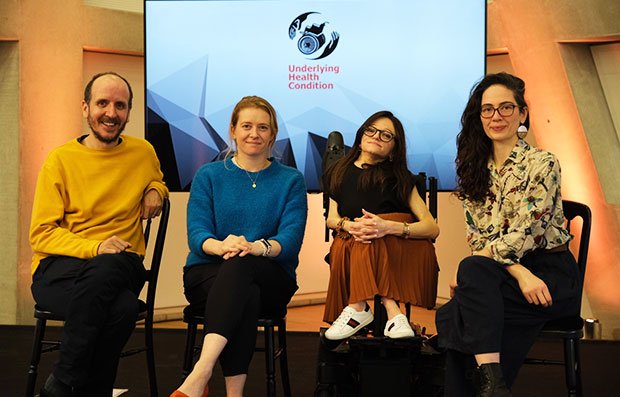UK pressure group targets structural change to bring about improved accessibility

L-R: Jack Thorne, Genevieve Barr, Katie Player and Holly Lubran
Underlying Health Condition (UHC), the pressure group set up earlier this year by leading names in the UK drama industry, has revealed damning research into the state of accessibility at UK filming facilities.
UHC officially launched on Friday December 3, the International Day of Disabled Persons, with more than 100 members of the industry’s disabled community joining forces in London to demand more accessible working conditions.
Headed up Bafta-winning writer Jack Thorne, writer and actor Genevieve Barr and production manager Katie Player with producer Holly Luban, UHC was first announced during Thorne’s MacTaggart lecture at the Edinburgh Television Festival in August.
The speech highlighted television’s failings in representation of the disabled community both on and off screen, while the report reveals some of the horrors that are experienced by those with disability working in the industry today.
UHC contacted 72 UK studios, 45.85% of which responded to the survey. The findings show woeful inadequacies in accessibility for disabled professionals across the UK’s filming facilities and studios, with only one facilities company in the whole of the UK that responded having an accessible toilet facility.
UHC said it believes in the social model of disability, which states that disabled people are not disabled by their impairments but rather it is the society around them that is disabling.
UHC added that if buildings and spaces become accessible, better inclusion and representation on and off screen can follow. It has subsequently set out four key recommendations to improve accessibility and inclusivity within the TV industry, and has invited broadcasters and production companies to pledge their commitment to change.
The report featured contributions from long-running disabled groups such as the Disabled Artists Networking Community, Deaf & Disabled People in TV, the Creative Diversity Network and the 1 in 4 Coalition in the US.
UHC next plans to establish a steering group comprising pan-industry representatives from broadcasters, SVoD services, industry bodies, facilities companies, studios, disabled creatives and freelancers.
The key recommendations include featuring a line in every high-end television budget for reasonable adjustments to make their productions more accessible in offices, on sets and locations and at unit bases.
These include disabled toilets, accessible minibuses and/or unit cars, BSL interpreters, installing visual fire alarms and providing quiet rooms on set.
UHC suggests an initial sum of £5,000 (US$6,629) but this amount can be on a sliding scale for those productions that fall in the lower budget bands.
UHC has also recommended a disabled freelancer fund and accessibility coordinators, mirroring the now quite common intimacy coordinator role on set, to ensure the actor/crew member receives the accommodations needed to fully execute their job.
Finally, UHC has proposed a one-off studios and facilities fund to address the lack of access to the spaces in which the high-end TV industry operates. This would allow studios and facilities to build disabled toilets and quiet rooms, install ramps, purchase clear signage, and build accessible three-ways, honey wagons and costume and make-up trailers.
Thorne, Barr, Player and Lubran said in a joint statement: “Disabled people make up 20% of this population, and yet the Creative Diversity Network (CDN) found that disabled people are under-represented at all organisational levels, making up just 7% of television employees overall; 8.2% of on-screen representation; 5.4% of people who work off screen; and at the top, just 3.6% of executive producers are disabled.
“The deficit in those statistics are felt and translated through the television box – to those sitting in front of it. One of the major factors of this lack of representation is the dire state in which we find ourselves in our basic working conditions. Not having a safe space to work, nor the facilities needed to carry out our creative roles, down to the nitty-gritty of not even having the most basic of human rights, an accessible toilet.
“One of the biggest findings from both surveys is that disabled access is simply not thought about; it is not planned for or integrated into the structure and design of our spaces, and that has got to change.
“In 2018, the CDN, in partnership with all major UK broadcasters, announced [it had] set a target of doubling disability representation in front and behind the camera from 4.5% to 9% by 2021. In 2020, that growth was only 0.9%, and that is simply not enough to make representation truly proportional.
“In fact, according to the CDN, it will take until 2041, at the current rate of growth, for disability in off-screen roles to truly reflect the make-up of the UK. We cannot wait that long.
“The results of the survey aside, this is not a campaign made in anger but in hope. This is about providing a blueprint for meaningful change; we have four key recommendations to which we want all industry leaders to pledge to support and actually ensure are met, in order to provide a working experience that so many just take for granted.”













.jpg)




























